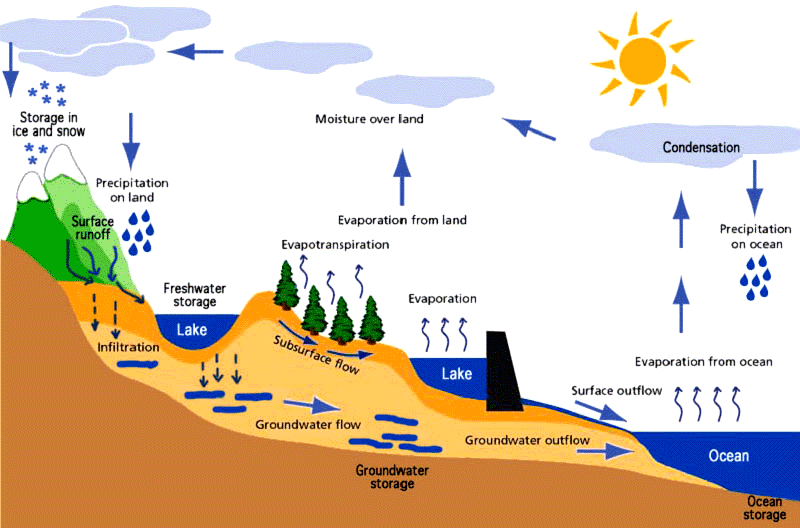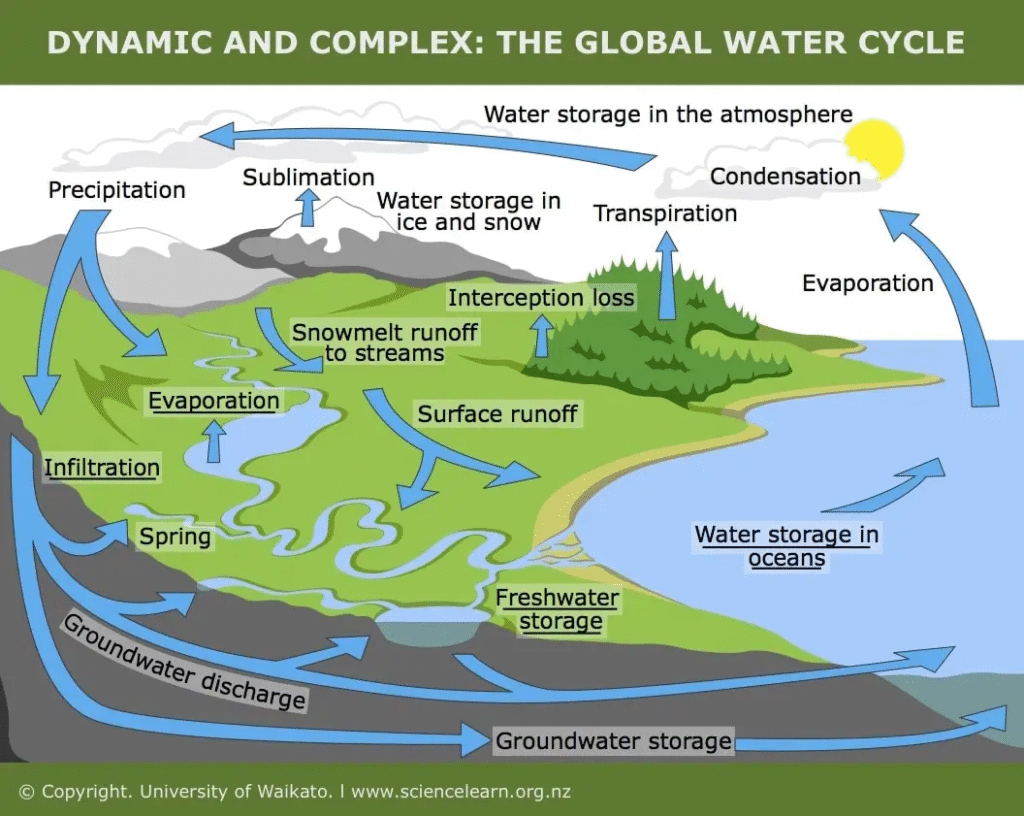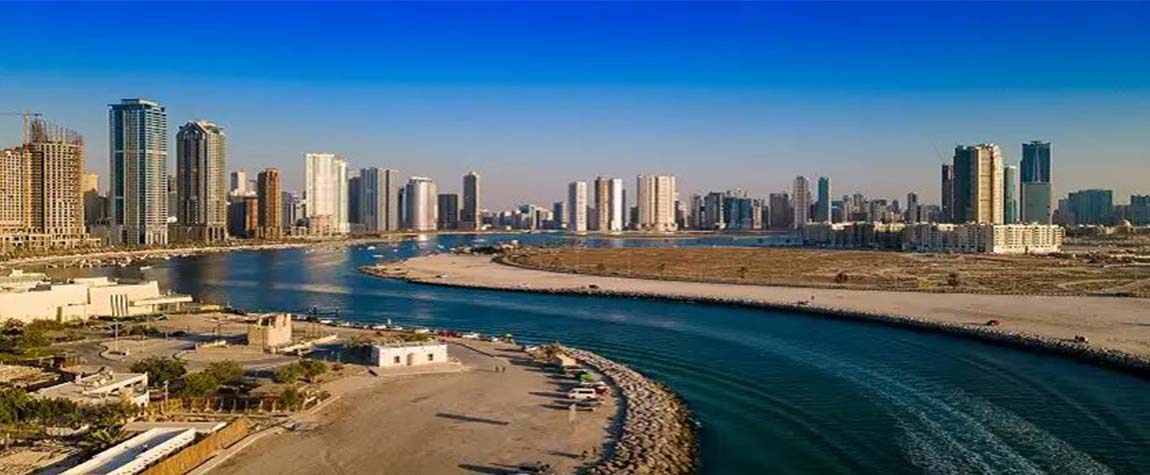Now Reading: The Complete Breakdown of the Hydrological Cycle Explained Simply 2025
-
01
The Complete Breakdown of the Hydrological Cycle Explained Simply 2025
The Complete Breakdown of the Hydrological Cycle Explained Simply 2025

Table of Contents
Water is life. Without it, there would be no plants, no animals, and no people on Earth. But have you ever wondered how water keeps moving around our planet? The answer lies in something called the hydrological cycle, also known as the water cycle.
The hydrological cycle is nature’s way of moving water through different parts of the Earth — from oceans to the sky, from the sky to the ground, and back again. It is a continuous, powerful system that supports all forms of life. Let’s break down this amazing cycle step by step so everyone, including students, nature lovers, and curious readers, can understand how it works.
1. Evaporation: Where the Journey Begins

The cycle starts with evaporation. When the sun heats oceans, rivers, lakes, and even moist soil, water turns from a liquid into an invisible gas called water vapor. This water vapor rises into the air. Evaporation happens all the time, especially in hot places.
You might also hear about transpiration, which is similar. Plants “breathe out” water vapor through their leaves, adding even more moisture to the air. Together, evaporation and transpiration are sometimes called evapotranspiration.
2. Condensation: Turning Vapor into Clouds
Once the water vapor rises into the sky, it cools down. Cooler air cannot hold as much moisture, so the vapor changes back into tiny liquid water droplets. This is called condensation.
These tiny droplets gather together and form clouds. You can think of clouds as floating collections of billions of tiny water droplets or ice crystals. When enough droplets collect, the cloud grows bigger and heavier.
3. Precipitation: Returning to Earth
When clouds become too heavy with water droplets, the water falls back to Earth. This is precipitation. Precipitation can happen in different forms — rain, snow, sleet, or hail, depending on the temperature and conditions.
Rain is the most common type of precipitation, but in cold places, snow and hail are also important parts of the cycle. Precipitation is vital for filling rivers, lakes, and underground water stores.
4. Runoff and Collection: The Water Finds Its Way
After precipitation, the water has to go somewhere. Some of it soaks into the ground. This is called infiltration, and it helps refill underground water storage areas known as aquifers.
The water that does not soak in flows over the ground, moving downhill to streams, rivers, and eventually back to the ocean. This is called runoff. All this water collecting in rivers and lakes is known as collection, and it is the last stop before evaporation starts again.
5. The Role of Groundwater
Not all water returns immediately to lakes or oceans. Some seeps deep into the ground and stays there for long periods. This underground water is called groundwater, and it is a hidden but crucial part of the hydrological cycle.
People pump groundwater for drinking, farming, and industry. When nature uses groundwater, plants pull it up through their roots, helping it rejoin the cycle through transpiration.
6. Why the Hydrological Cycle Matters
The water cycle is more than just a process; it is a lifeline for the planet. It controls the climate, supports ecosystems, and provides freshwater. Every single drop of water you drink today has been on a long journey through this cycle, maybe many times over!
If the hydrological cycle stopped, all life would suffer. Plants would dry out, animals would lose their drinking water, and people would face severe droughts.
7. How Humans Affect the Cycle

Sadly, human activities are putting stress on the hydrological cycle. Cutting down forests, polluting rivers, and building too many roads and cities change how water moves. For example, when we cover land with concrete, less water can soak into the ground, leading to floods and less groundwater.
Climate change also affects the cycle. Warmer temperatures cause more evaporation, change rainfall patterns, and can lead to extreme weather like floods or droughts.
That is why scientists and environmentalists work hard to protect the natural balance of the hydrological cycle.
8. Fun Facts About the Hydrological Cycle
- The same water on Earth today has been here for billions of years.
- Water spends about nine days in the atmosphere before falling as rain.
- Nearly 97% of the world’s water is salty, so only about 3% is fresh — and most of that is frozen!
- Plants release a surprising amount of water: a large tree can transpire up to 100 gallons of water a day.
9. Teaching the Cycle to Kids
Many schools teach the water cycle because it is such an important part of Earth science. An easy way to remember the cycle’s steps is:
Evaporation → Condensation → Precipitation → Collection
You can even try a fun experiment at home to see evaporation and condensation by heating a pot of water and covering it with a cool lid — the droplets on the lid are just like rain forming in a cloud!
10. Final Thoughts
Understanding the hydrological cycle helps us respect and protect water, the planet’s most valuable resource. From the ocean to the sky, from rivers to underground aquifers, water is always on the move, supporting every living thing on Earth.
If we take care of our water sources and protect the environment, the hydrological cycle will continue to work its magic for generations to come.
Read More:- Deyaar’s Latest Announcement Shakes Up the UAE Property Market






















